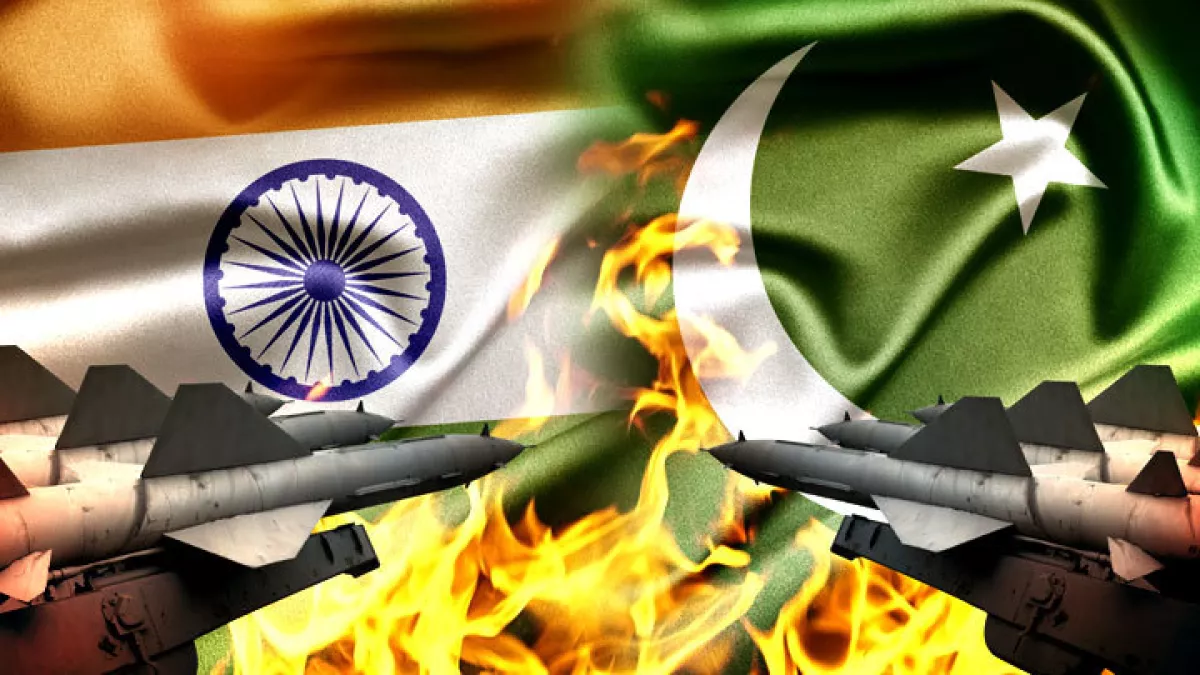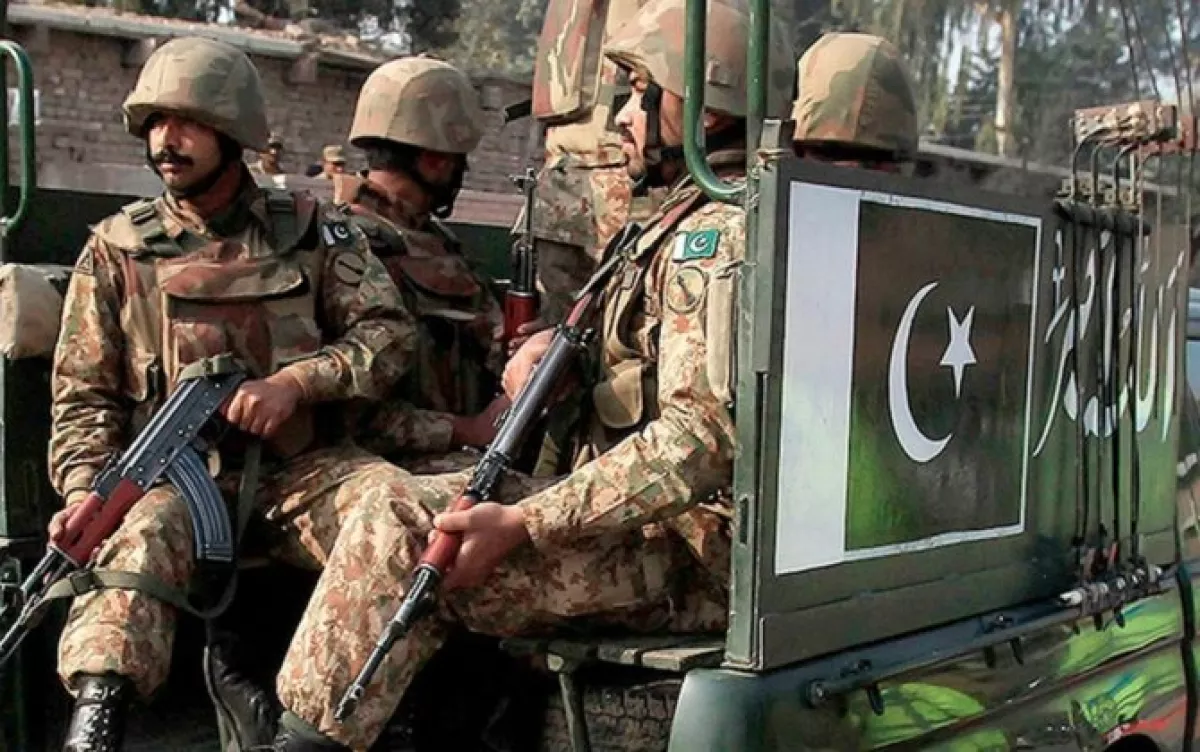Pakistan activates blitzkrieg mode Indian army fails real combat test
Pakistan has launched a swift and forceful response to India's recent cross-border airstrikes, which disrupted the already fragile balance in the region. On 7 May 2025, the Indian Air Force carried out a series of strikes on Pakistani territory, claiming they targeted alleged terrorist group facilities. However, among the destroyed sites were mosques and educational facilities, resulting in the deaths of at least 26 civilians, including women and children. Islamabad condemned the attacks as an act of aggression and a violation of international law. In retaliation, Pakistan initiated a large-scale military operation, striking key Indian military installations with precision — a move calculated both militarily and politically.
The precision strikes on key elements of India’s military infrastructure have turned into a timeline of setbacks for New Delhi. The destruction of a BrahMos missile depot in the Beas region, along with a similar facility in Nagrota, significantly reduced the Indian Army’s operational capacity to deploy high-precision weaponry. These attacks demonstrated that even heavily guarded arsenals can be neutralised with well-executed operational planning.
India’s air force also suffered serious strategic losses: airbases in Udhampur and Pathankot were effectively knocked out of action, undermining India’s ability to respond rapidly to developments in border areas. The strike on the “K G Top” brigade headquarters and the destruction of a supply depot in Uri disrupted command and control in one of the region’s most sensitive sectors.

A particularly notable episode of the operation was the destruction of an S-400 air defence complex in the Adampur area. This strike not only highlighted the skill of the Pakistan Air Force, but also exposed critical vulnerabilities in India’s defence architecture. The much-touted “impenetrable” defence shield proved ineffective: the costly system failed to neutralise a threat India should have anticipated. It is worth recalling that Russia and India signed a $5.4 billion contract for five S-400 systems in 2018. Deliveries began in 2021, with three of the missile systems deployed along India’s borders with China and Pakistan.
In parallel with conventional military action, Pakistan also capitalised on its cyber capabilities. According to Islamabad, a massive cyberattack on India’s critical infrastructure disabled up to 70% of the country’s power grid. This strike disrupted major industrial hubs and caused instability across key sectors of the Indian economy. The outcome served as clear evidence that New Delhi’s cyber defences remain poorly equipped to meet modern challenges.

Meanwhile, the Pakistani military continued targeting sites that posed a direct threat to the country’s security. The destruction of the Sirsa airbase deprived India of a critical logistical hub, while the elimination of the Indian military intelligence training centre in Rajouri dealt a severe blow to the enemy’s capacity to conduct subversive operations against Pakistan.
The events of the past night have confirmed that Pakistan not only possesses strategic deterrence capabilities, but also the ability to rapidly deploy these assets in the face of direct threats. India has found itself in a situation where its previous assumptions of unquestionable military superiority have failed under real-world conditions.
The question of New Delhi’s next steps remains unresolved. Indian leadership faces a choice between continuing the confrontation, which could lead to even greater losses, or transitioning to negotiations, where Pakistan’s position now appears significantly stronger. Islamabad, having demonstrated confidence in its capabilities and its readiness to defend national interests, has set a new strategic direction for the region. This signal, without a doubt, has already been heard far beyond the borders of South Asia.








